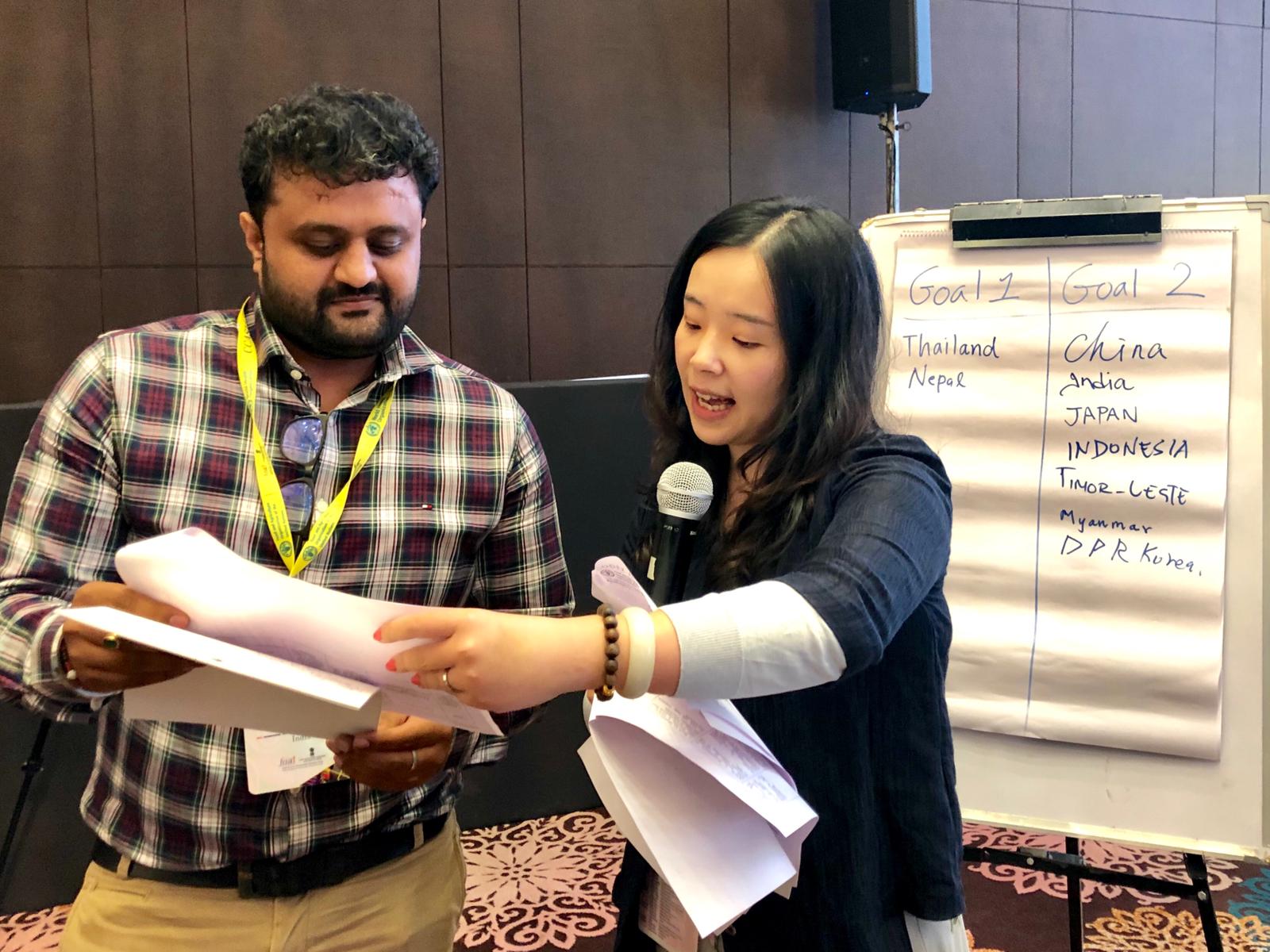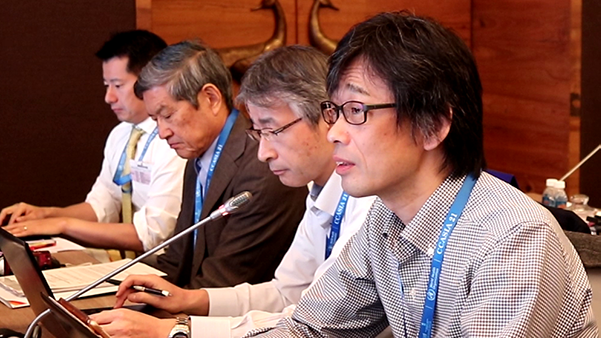Surveys, Strategies and Standards. Productive session for CCASIA
Work over the first two days in Goa has explored how countries in the region can best respond collectively to the big questions regarding food safety and international food trade. Current realities such as the need for countries to continue to adopt Codex Standards for maximum permitted residue levels for pesticides and combatting the threat of antimicrobial resistance are always relevant to the region. Delegates also bring experiences to the regional meeting on how to deal with food fraud especially where products are travelling ever greater distances from supplier to consumer, and regarding online sales. How, for example, can Codex develop standards for regulating and monitoring food as it travels on the back of bicycles around cities?
Delegates agree information sharing regarding national food control systems and receiving technical support from FAO and WHO are both essential for countries in the Asian region as is effective communication of successful initiatives in different countries.
Sridhar Dharmapuri, Senior Food Safety and Nutrition Officer, FAO said “collecting this information to guide food safety actions is vital in the context of efforts to achieve the sustainable development goals, to inform FAO and WHO efforts to enhance food safety capacities and to identify potential areas of future standard setting work for Codex”.
Regional strategic planning
The 14 countries present at CCASIA21 also worked late Tuesday on defining how they will meet the goals and objectives of the new Codex Strategic Plan with a particular focus on key emerging food safety issues, the scientific basis of Codex standards and wider recognition of the standards themselves as well as the benefits they bring to public health and in establishing a level playing field for trade.

India and China present findings on strategic plan
Steve Wearne, Vice Chairperson of the Commission said delegates now had a responsibility following adoption of the Codex Strategic Plan in July 2019 to “set out the contribution CCASIA will make to the roadmap to implementation. Not a wish list, but a clear series of actions that we all can commit to”.
Setting standards for the region
On Day 3 of CCASIA delegations made proposals for new work on quick frozen dumplings; a product known as zongzi made of rice wrapped in leaves, and Natto a Japanese traditional fermented soybean food.
Quick frozen dumpling (Jiaozi) is frequently eaten in Asian countries. It is popular in the region because of its rich varieties, nutritional balance, the different ways the dumplings can be cooked and because it’s easy to eat. With trade in China alone already approaching 5 billion USD a year, Zhenyu Liu, from the Chinese Chamber of Commerce, said: “The Codex standard is important because it can help other countries in the region understand this product well”.

Japan presents proposed new work on Natto
Japan proposed new work on Natto. Yayoi Tsujiyama from the Ministry of Agriculture, Forestry and Fisheries, said Natto “is a very healthy food and so establishing a standard … will be very beneficial” for consumers and help avoid confusion in the region when trading products that will be covered by this standard. Natto is a traditional fermented soybean product produced by fermenting steamed soybeans with the bacterium Bacillus subtilis var. natto and then aging it in cold or freezing conditions.
If the Commission approves the new work, then then the standards should become part of the Codex Alimentarius in approximately four to five years.






